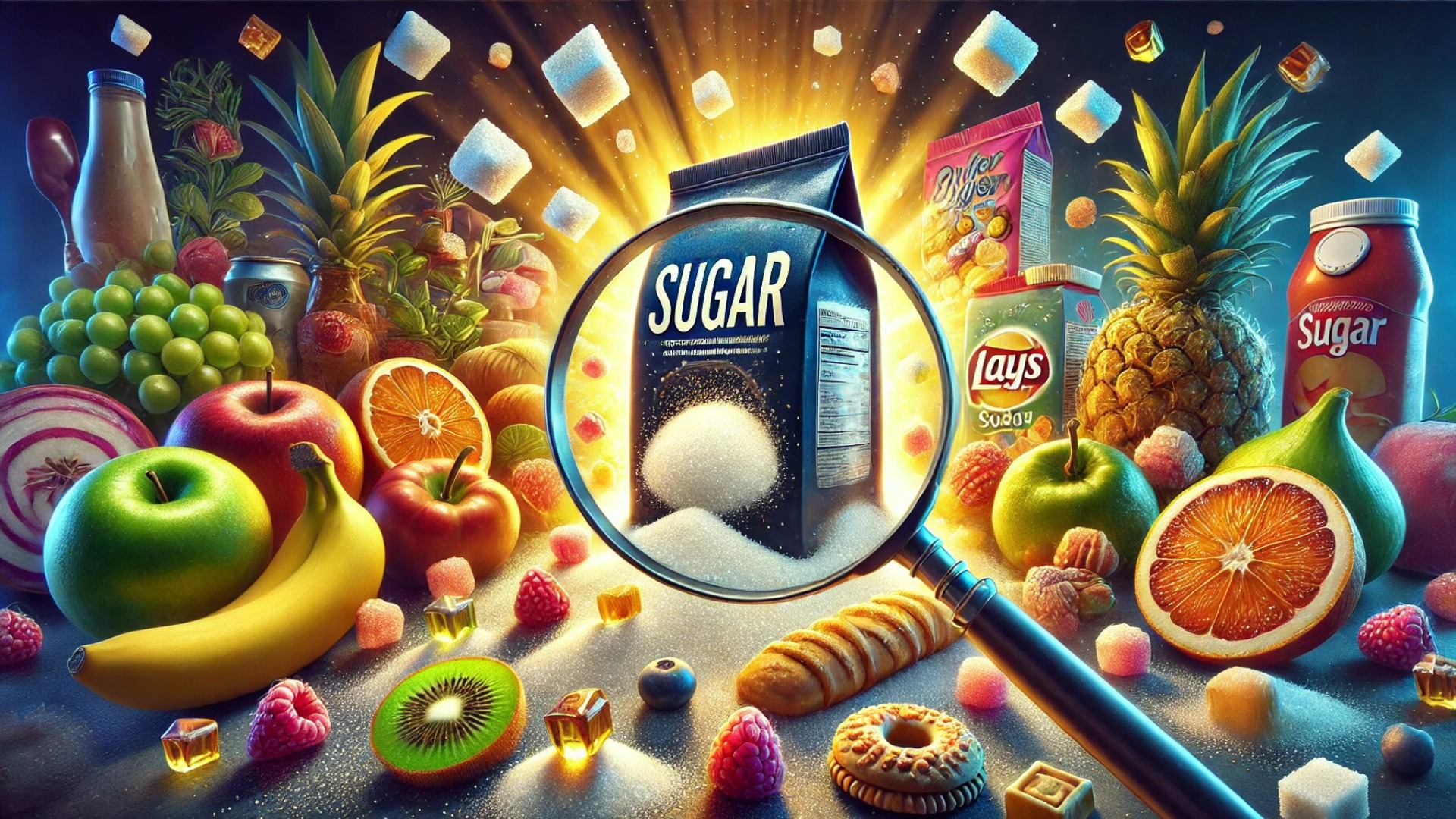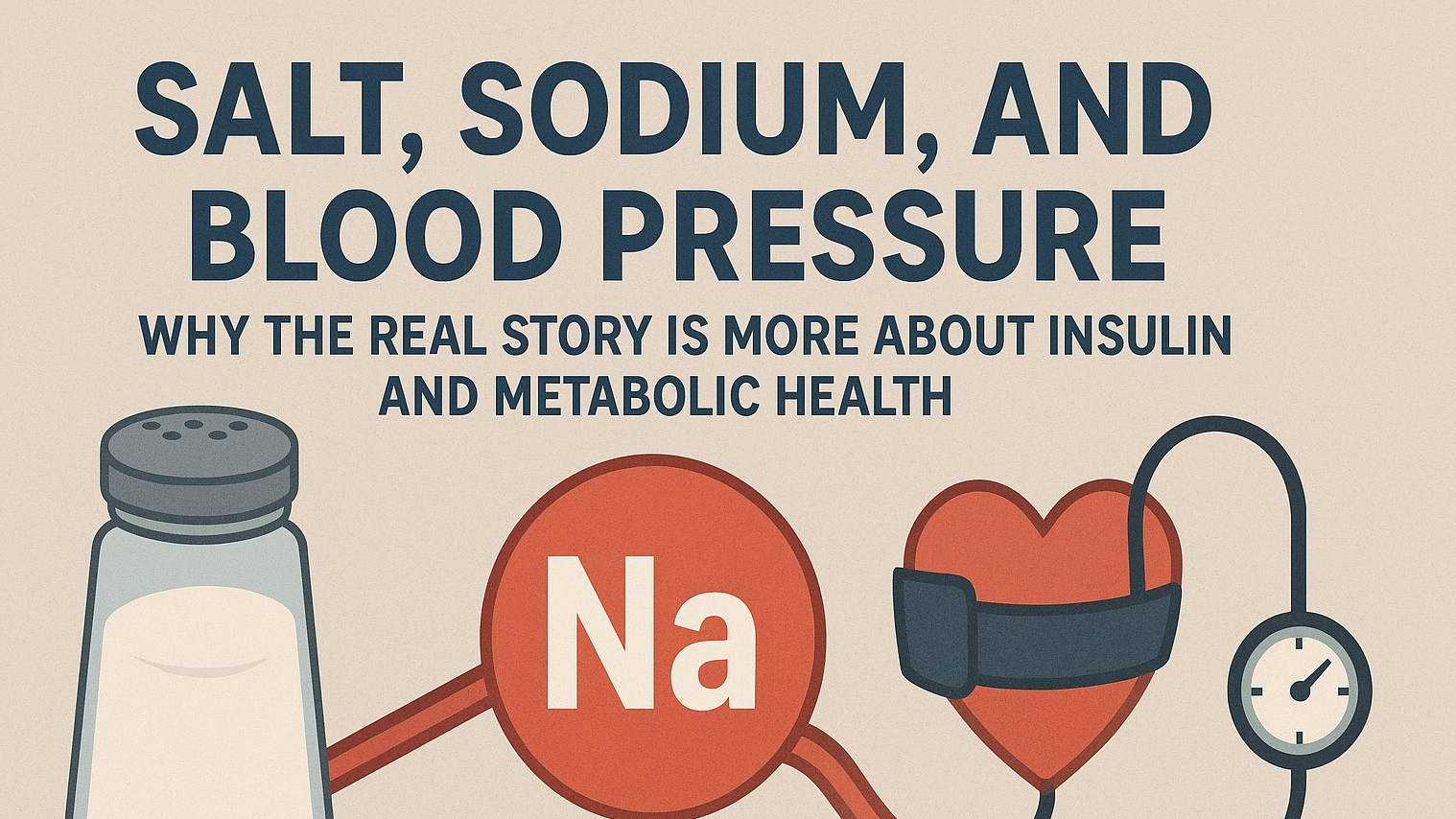
The Ultimate Guide to Reading Food Labels: Navigating Sugars, Preservatives, and Gums
In today’s world of processed and packaged foods, understanding food labels is essential to making informed dietary choices. Integrative Functional Medicine emphasizes the importance of whole, nutrient-dense foods while minimizing exposure to artificial and inflammatory substances. Reading food labels can empower you to make healthier choices, avoid hidden sugars and additives, and move closer to a whole-foods-based lifestyle.
Decoding Sugars on Food Labels
One of the most important aspects of reading food labels is recognizing hidden sugars. Sugar goes by many names, and manufacturers often use these names to disguise their presence in products. High sugar intake has been linked to chronic inflammation, insulin resistance, and increased risk of diseases like diabetes and cardiovascular disease.
Common Names for Sugars:
Natural sugars: Honey, maple syrup, molasses
Refined sugars: Cane sugar, beet sugar, brown sugar
High-fructose syrups: High-fructose corn syrup (HFCS), corn syrup solids
Processed sugars: Dextrose, maltose, glucose, sucrose, fructose
Alcohol sugars (commonly found in sugar-free products): Sorbitol, xylitol, maltitol
Why It Matters:
A 2020 double-blind study by Dr. James DiNicolantonio and colleagues published in Nutrients highlighted how excessive fructose consumption increases markers of metabolic dysfunction and uric acid production, leading to systemic inflammation.
How to Spot It:
Check the ingredient list: Ingredients are listed in descending order by weight. If any type of sugar appears in the first three ingredients, the product is likely high in sugar.
Examine the "Added Sugars" line on the Nutrition Facts panel.
Healthy Sweetener Alternatives
For those looking to reduce sugar intake, there are several healthier alternatives to traditional sugars. These sweeteners often have minimal effects on blood sugar levels and come with unique benefits, though they should still be consumed in moderation.
Monk Fruit Extract
Derived from the monk fruit, this natural sweetener is calorie-free and hundreds of times sweeter than sugar.
Benefits: Contains antioxidants called mogrosides, which may have anti-inflammatory properties. Monk fruit extract has a glycemic index of zero, making it ideal for managing blood sugar.
Considerations: Often combined with other sweeteners, so check the label for added ingredients.
Stevia
Extracted from the leaves of the stevia plant, this sweetener is also calorie-free and has a glycemic index of zero.
Benefits: Shown in studies, including a 2017 review in Journal of Medicinal Food by Dr. Anju Goyal, to improve insulin sensitivity and potentially lower blood pressure.
Considerations: Can have a bitter aftertaste, and some processed versions may include fillers.
Allulose
A rare sugar naturally found in small amounts in foods like figs and raisins. It is nearly calorie-free and does not significantly impact blood sugar.
Benefits: A 2018 study in Nutrition Journal by Dr. John Sievenpiper found that allulose may reduce fat accumulation and improve insulin sensitivity.
Considerations: Excessive consumption may cause digestive discomfort.
Erythritol
A sugar alcohol with about 70% of the sweetness of sugar but almost no calories.
Benefits: Does not raise blood sugar or insulin levels and is well-tolerated by most people.
Considerations: In large amounts, it may cause mild bloating or gas.
Coconut Sugar
Made from the sap of coconut palms, it contains small amounts of minerals and has a lower glycemic index compared to regular sugar.
Benefits: Provides a more gradual rise in blood sugar levels.
Considerations: Still high in calories and should be used sparingly.
Date Sugar
Made from dried, ground dates, it retains fiber and nutrients from the whole fruit.
Benefits: Contains small amounts of potassium, magnesium, and antioxidants.
Considerations: High in calories and natural sugars.
Preservatives to Avoid
Preservatives are added to foods to extend shelf life, but some have been associated with adverse health effects. Integrative Functional Medicine focuses on reducing exposure to these potentially harmful substances to support optimal health.
Common Preservatives to Watch For:
Sodium Benzoate: Found in beverages and condiments; linked to hyperactivity and inflammation.
Butylated Hydroxyanisole (BHA) and Butylated Hydroxytoluene (BHT): Used in processed snacks; both are classified as potential carcinogens by the International Agency for Research on Cancer (IARC).
Potassium Sorbate: Common in baked goods and dairy; may irritate the skin and eyes.
Sodium Nitrite/Nitrate: Found in processed meats; associated with increased cancer risk.
Why It Matters:
A 2021 randomized controlled trial by Dr. Linda Birnbaum in Environmental Health Perspectives reported that long-term exposure to certain preservatives may disrupt endocrine function and contribute to metabolic syndromes.
Gums and Additives: What to Watch For
Food gums are used as thickening agents and stabilizers in processed foods. While they are generally recognized as safe, some individuals may experience gastrointestinal discomfort or allergic reactions.
Common Food Gums:
Xanthan Gum: Linked to digestive upset in sensitive individuals.
Carrageenan: Derived from seaweed; some studies suggest it may cause inflammation in the gastrointestinal tract.
Guar Gum: Can cause bloating and gas in large quantities.
Locust Bean Gum: Generally well-tolerated but may trigger sensitivities in some people.
Why It Matters:
A 2023 study published in Frontiers in Nutrition by Dr. Anthony Smith highlighted that carrageenan specifically induces inflammatory markers in animal models, suggesting potential implications for gut health in humans.
The Simplicity of Whole Foods
One of the easiest ways to avoid harmful additives is to choose whole foods—those with a single ingredient. When you buy a sweet potato, an apple, or a piece of fish, there is no ingredient label to decipher.
Benefits of Whole Foods:
No hidden sugars or preservatives.
Rich in natural nutrients and fiber.
Supports a balanced microbiome.
Why It Matters:
Whole foods provide the body with the nutrients it needs without the burden of processing chemicals. A landmark 2019 study in JAMA Internal Medicine by Dr. Kevin Hall demonstrated that individuals who followed a whole-foods diet consumed fewer calories and experienced improved metabolic health compared to those consuming ultra-processed foods.
Final Thoughts
Reading food labels is a crucial skill for anyone striving to live a healthier life. By learning to identify hidden sugars, preservatives, and gums, you can take control of your health and minimize exposure to harmful substances. Whenever possible, simplify your diet by choosing whole foods that nourish your body without the need for a label.
References
DiNicolantonio, J., et al. (2020). "The Role of Fructose in Metabolic and Cardiovascular Disease." Nutrients.
Goyal, A. (2017). "Stevia: A Sweetener with Benefits." Journal of Medicinal Food.
Sievenpiper, J. (2018). "The Role of Allulose in Metabolic Health." Nutrition Journal.
Birnbaum, L. (2021). "Preservatives and Their Impact on Endocrine Health." Environmental Health Perspectives.
Smith, A. (2023). "Food Additives and Inflammatory Responses." Frontiers in Nutrition.
Hall, K. (2019). "Ultra-Processed vs. Whole Foods Diet Study." JAMA Internal Medicine.
 Add Row
Add Row  Add
Add 










Write A Comment